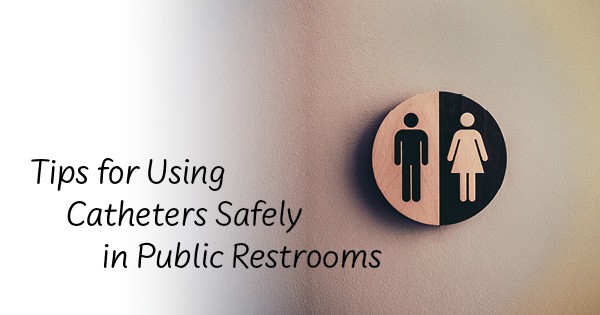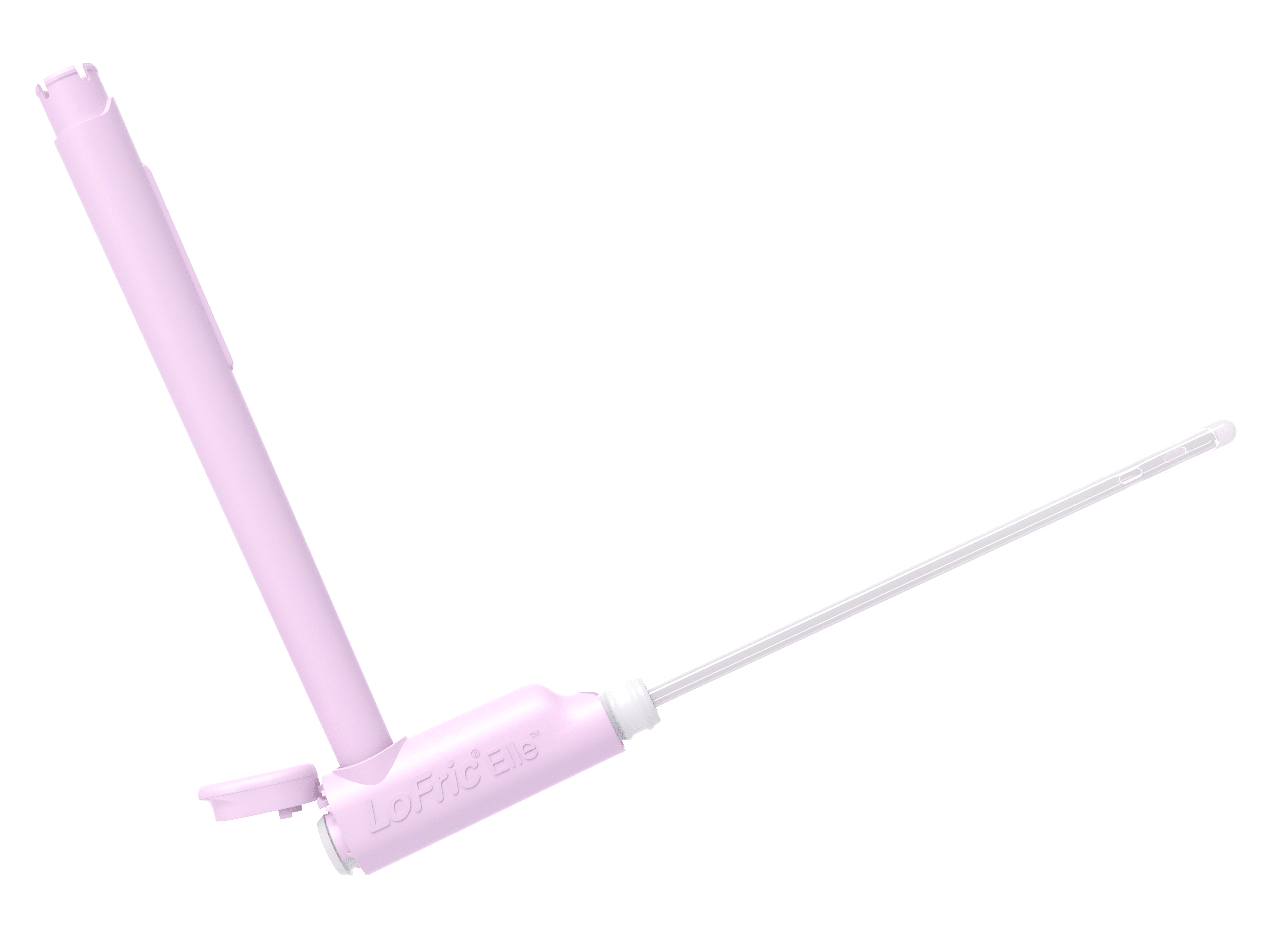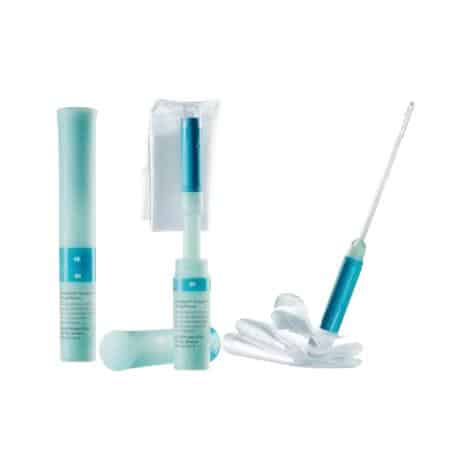Safely using catheters in public restrooms can be a concern if you have been catheterizing in the convenience of your home for some time. At home, you have complete control over how you manage washing your hands and keeping your environment disinfected. Traveling can be intimidating when using public restrooms that may be uncleanly and less accessible.
Using catheters away from home can be manageable and less intimidating with some proper preparation. We will provide some tips for using catheters safely in public restrooms in hopes of making your travel experiences, or any time you need to use a restroom away from home, a bit less anxiety-inducing.
Tips for Safely Cathing in Public Restrooms
1. Gather the catheters and supplies you’ll need
- Extra catheters
- Hand sanitizer
- Disposable underpads
- Antibacterial wipes
- Catheter lubricants
- Gloves
- Small trash bags
- Extra clothes
2. Choose a bag to carry your catheters and supplies in
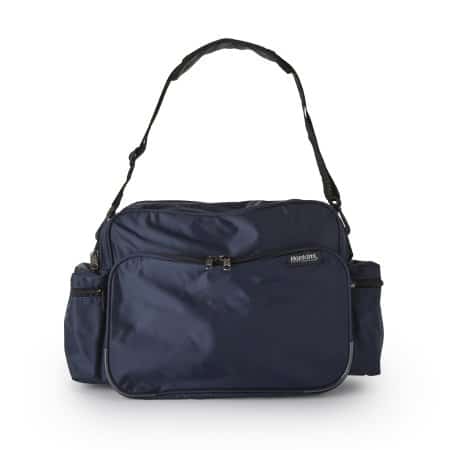 Depending on the amount of catheters and catheter supplies you are toting around, you will want to choose a manageable-sized carrying bag or holder. Eyeglass cases, pencil or cosmetic cases, toothbrush holders, or soap holders can act as discreet carrying cases for catheters and catheter supplies. You can use a fanny pack or medical supply bag to put these cases in or to hold your loose catheters and supplies.
Depending on the amount of catheters and catheter supplies you are toting around, you will want to choose a manageable-sized carrying bag or holder. Eyeglass cases, pencil or cosmetic cases, toothbrush holders, or soap holders can act as discreet carrying cases for catheters and catheter supplies. You can use a fanny pack or medical supply bag to put these cases in or to hold your loose catheters and supplies.
3. Continue your sterile catheterization practices
Wash your hands
Washing your hands is your first line of defense. Before you begin the catheterization process, wash your hands thoroughly with soap and water. Remember to repeat this step when you are finished catheterizing. Using a hand sanitizer is another option if there is no access to water.
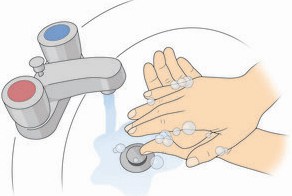
Put on gloves
After you wash your hands, putting on gloves can be an excellent second line of defense when using catheters safely in a public restroom. Using gloves protects your hands from touching restroom stall doors and faucets. Be prepared with several pairs to change out once you are ready to insert your catheter. Gloves can also be used to dispose of some used catheter supplies hygienically.
 Use a disposable underpad to rest your catheter supplies on
Use a disposable underpad to rest your catheter supplies on
A disposable underpad acts as a clean surface for your catheter and catheter supplies when using catheters in public restrooms. Once you have completed the catheterization process, you can wrap your used catheter supplies in the underpad and dispose of them in a receptacle.
Use antibacterial wipes or a PVP swab to cleanse the area
Wipe the outer urethral area with an antibacterial wipe or a PVP swab or prep pad where the catheter will be inserted. Consider using catheter insertion supply kits like the Cure K1 and K2 Catheter Insertion Supply Kits.
Activate or lubricate your catheter
If you are using uncoated catheters, now is the time to use a lubricant to prep your catheter for smooth insertion. You’ll need to activate the lubricant first if you use a hydrophilic catheter with a water sachet packet. This is done by breaking or popping the water packet, so the lubricant coating becomes activated and coats the catheter after 15 to 60 seconds.
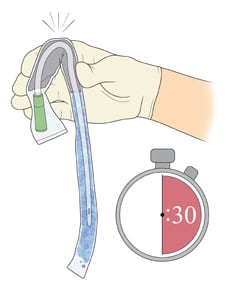
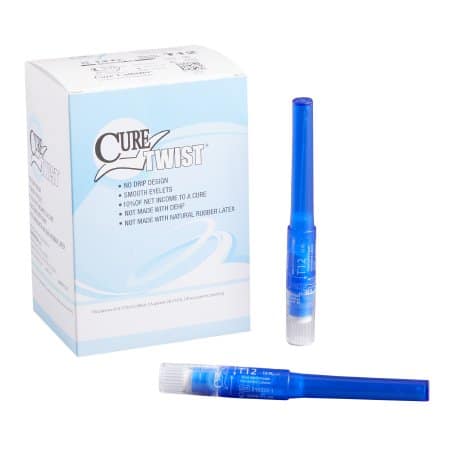 You might also consider the GentleCath Glide Hydrophilic Catheter that is instantly activated, pocket catheters, or external catheters with a leg bag. Pocket catheters like the Cure Twist Female Catheter are about as small as a tube of lipstick and are ready to use right out of the packaging. Pocket catheters are easy to travel with, discreet, and a safe choice when using catheters in public restrooms.
You might also consider the GentleCath Glide Hydrophilic Catheter that is instantly activated, pocket catheters, or external catheters with a leg bag. Pocket catheters like the Cure Twist Female Catheter are about as small as a tube of lipstick and are ready to use right out of the packaging. Pocket catheters are easy to travel with, discreet, and a safe choice when using catheters in public restrooms.
External catheters can be worn for periods while attached to a leg urinary drainage bag. External catheters, also called condom catheters or Texas catheters, will allow men to avoid using a public restroom for a long time or even altogether.
Hygienically dispose of your catheter supplies
Once you have used your catheter and supplies safely in a public restroom, you’ll need to dispose of everything hygienically. As previously mentioned, you can use your used gloves and underpads to wrap your supplies in one of your small trash bags to contain it all. Dispose of this trash bag in the nearest receptacle and wash your hands.
4. Practice your routine at home
Practice makes perfect, right? Practicing your routine at home as if you are using catheters in public restrooms can help you feel more prepared and calm. Dry runs can also help you know if you need to add more catheters and catheter supplies to your carrying bag.

5. Remember to stay on schedule
Even when you are away from home, you should try your best to stick to the same catheterization schedule. Trying to hold your urine or skipping catheterization can put your urinary health at risk and lead to bladder complications. Your best bet is to plan your travels and stay on schedule.
With good preparation and practice at home, safely using catheters in public restrooms shouldn’t be an issue. Once you feel confident doing it, you can feel better about catheterizing when you are away from home. There is no worse feeling than not being able to self-catheterize because you are unprepared with the necessary catheters and supplies.
We hope these tips can help provide a sense of calm when using catheters in public restrooms. Remember, you can never be too prepared. If your catheter carrying bag is well-stocked with supplies and you stick to your schedule, you’re already off to a great start!
If you are looking for catheters and catheter supplies, you are at the right place! Are you having trouble finding the catheters or supplies you are looking for? We are here to help. Give us a call, and one of our knowledgeable and friendly Product Experts will answer your questions and help you find what you need.
Disclaimer: The information provided in this blog is intended for general informational purposes only and should not be considered a substitute for professional medical advice, diagnosis, or treatment.

